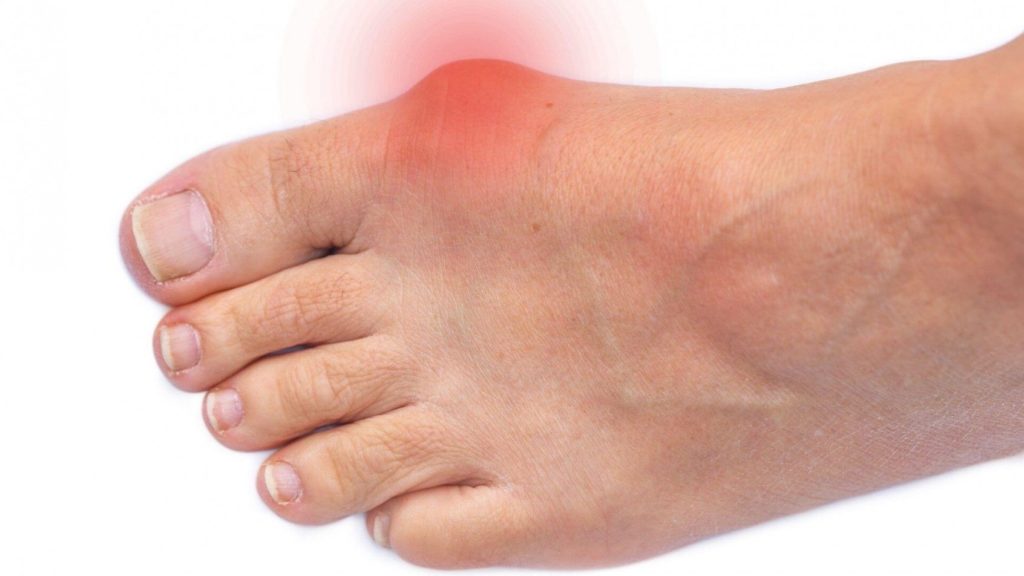
We've all seen them - some of you may be starting to notice them on yourselves, some of you may be dealing with them for years. That's right - today, we're talking about bunions!
Oh bunions! According to some, one of the ugliest deformities that can happen to our feet. In today's blog, I'm going to talk about what bunions are, and why they happen. Next week, I'll address ideas for things we can do to prevent bunions and what we can do to help improve a bunion that's already in progress.
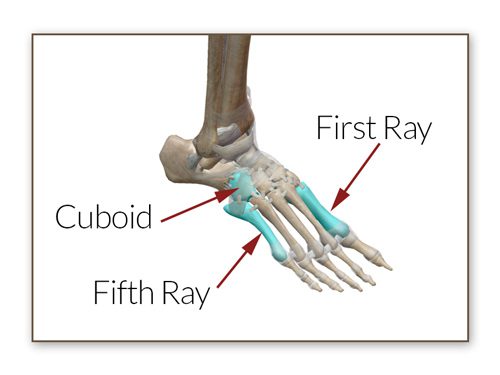
In order to talk about bunions, we're going to have to talk about some anatomy first. The central driver of bunions is a bone in our foot called the first ray or first metatarsal. This is the long bone that goes from your ankle to your big toe.
The first ray is extremely important in our everyday movements. It bears a ton of weight whenever we push off of our feet as we're stepping forward in a process called toe-off. The first ray's movement is a big part of pronation and supination of the foot which is what allows our foot to absorb impact as we walk, run, jump, and climb.
When you step forward while walking, your heel is the first thing that strikes the ground. When your heel strikes the ground, your first ray is pointed downwards. As the foot rolls forward from the heel and weight gets transferred into the rest of the foot, your foot transitions from supination to pronation. This causes the weight to roll up the outside of the foot across the balls of the foot, to the ball of the big toe, then eventually the weight rolls off the big toe as we step forward.
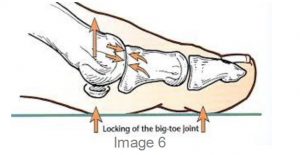
During this process, the first ray starts out pointed downwards or flexed, and slowly starts to move upwards as our foot pronates and flattens out while our foot gets ready to toe off as we step forward. This is part of the process of pronation. Many people are under the impression that pronation is bad. However this couldn't be further from the truth. If our foot could not pronate, we would not be able to walk or run.
Pronation is not a bad thing - overpronation or extremely rapid pronation is what is bad for our feet. The foot and ankle are supposed to slowly pronate as the weight shifts from the heel to the big toe. But this process is supposed to be slow and gradual. Weakness in our foot and ankle muscles will sometimes allow this process to happen much faster than it's supposed to and that's where problems occur with pronation.
When our heel lands as we step forward, our foot is in a supinated position. When the foot is supinated, it is relatively skinny. As the heel strikes and our weight shifts forward into the balls of the feet, our foot flattens out and becomes wider. As this happens, the first ray moves from being at a downward angle upwards and becomes more of a flat angle; it also spreads away from the other bones of the foot as the foot widens.
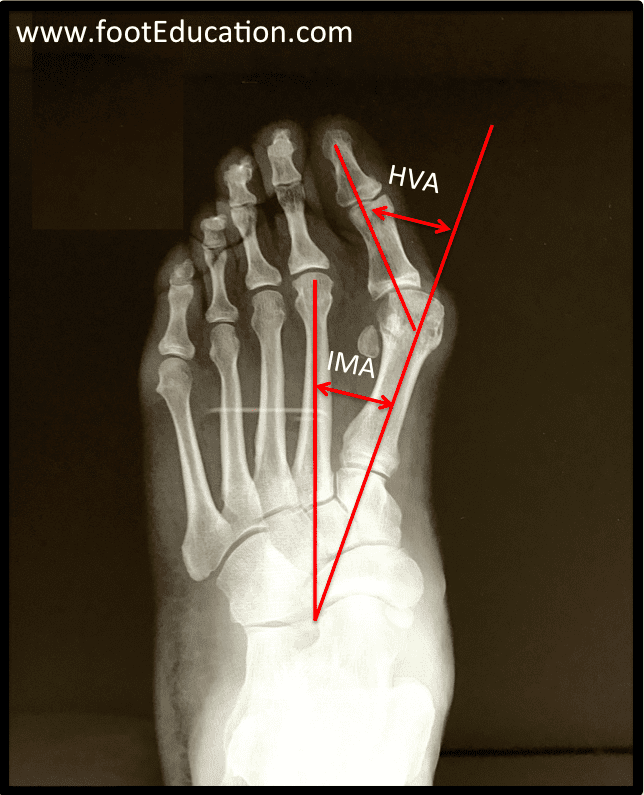
One part of our anatomy that is very important for this process is a muscle called the adductor hallucis. As the first ray widens and spreads out, and moves towards the other foot, the adductor hallucis helps to slow the inward movement of the first ray, helping pull it back into position as we toe off and the foot moves back towards supination as it steps forward.
Bunions develop when the muscles of the foot and ankle cannot slow the rate of pronation and the foot flattens out too much, making it unable to return to its normal width at the appropriate time in the step process. When the foot remains in this widened position for too long, the adductor hallucis begins to weaken and lengthen. This allows the first ray to move inwards. Due to the way the other foot muscles are attached to the big toe, the big toe will stay in its previous position. So as the first ray moves inwards with the big toe staying where it is, the foot develops the angular deformity known as the bunion.
These are the basic biomechanical, internal body issues that can lead to bunion formation. However, there are also other external factors that can worsen this process. One of the most common external factors that make the formation of bunions more likely to occur is our footwear.
We have decided as a culture that footwear is more attractive when it's not actually shaped like our feet.
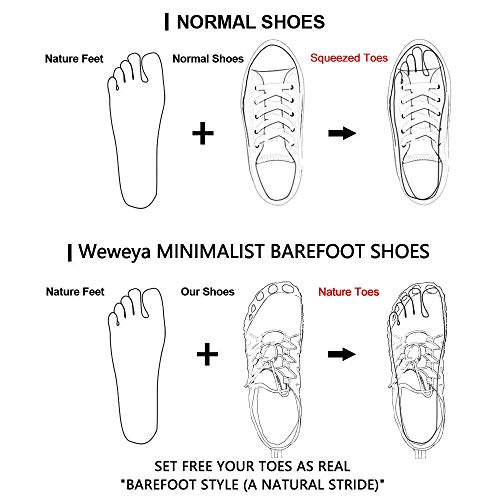
Humans are weird! We have decided as a culture that footwear is more attractive when it's not actually shaped like our feet. Most shoes get skinnier towards the toe. But that's not how our feet are shaped. This skinniness in the toe box leads to the 1st and 2nd toes, and the 4th and 5th toes being pushed in towards the third toe.
So basically, a high percentage of our footwear encourages bunion formation. If you add together all of the internal biomechanical feet factors and the external issue of inappropriate footwear, our sedentary lifestyles that lead to weakness in our hip and ankle muscles, our lack of time spent barefoot in order to strengthen the muscles of our feet, and the general shape of our footwear, all of this is the perfect storm for bunion formation.
_______________________________________________
Ah, Bunions!
So there you have it. That is a simple explanation of what a bunion is and how it forms. In my next blog. I'll discuss what you can do to try to prevent bunions, along with some ways you can choose to try to stop the progression and even reverse the progression if you're already dealing with a bunion.
So make sure to stay tuned for next week!
_______________________________________________
And as always, if you're dealing with bunions or other foot-related pain, or pain anywhere else in your body, we here at Movement Laboratory are here to help. You don't have to just deal with pain and let it limit your life. Call us today at 918-300-4084, get an appointment scheduled, and let us help you quickly get out of pain and back to doing what you love!